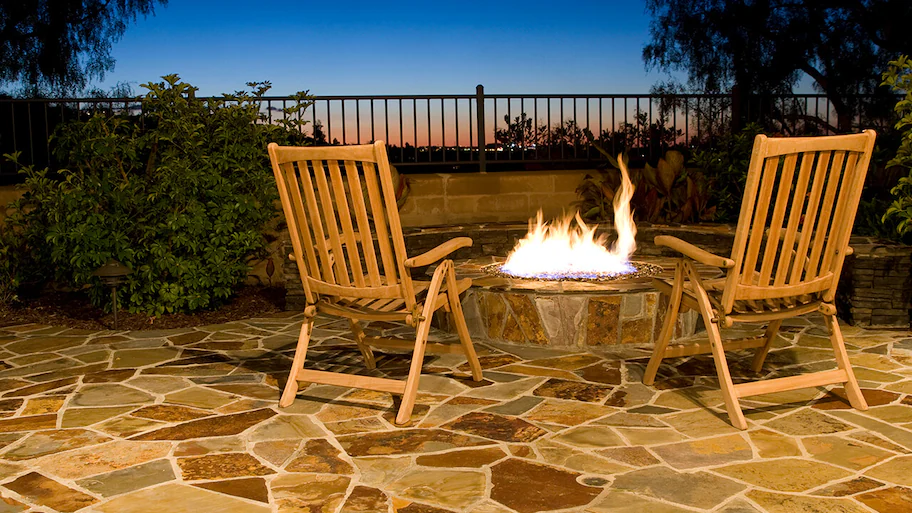
Get matched with top brick or stone siding: installers or completely replacers in your area
Enter your zip and get matched with up to 3 pros
Matching on HomeAdvisor


Brick or stone siding: installers or completely replacers in Saint Paul
No results for Brick or Stone Siding: Install or Completely Replace in
Try adjusting your search criteria.Brick or stone siding: installs or completely replacements FAQs
Installing stone veneer is not easy. Even faux or cultured veneer is heavy, and you’ll need extra hands—and the right tools—to set each piece safely. A misstep can crack the veneer, lead to water issues, or cause injury. For most homeowners, hiring an experienced professional is the quickest and safest way to achieve a polished result.
When installed correctly, cleaned, and sealed as needed, stone veneer can last 25 to 75 years. Precision matters, as sloppy installation allows water to work behind the panels and shortens their lifespan. Keep joints sealed and rinse off dirt a few times a year, and you should see decades of trouble‑free performance.
You can wrap the entire house in veneer, but keep in mind that every added square foot increases the total price by raising both material and labor costs. Many homeowners keep their costs down by using veneer as an accent around entries, foundations, or bump‑outs, which still provides the same upscale look.
Stone veneer can be applied over brick, stucco, or other stable surfaces, as long as the base is clean, dry, and free of loose material. To ensure a secure installation, you’ll need to patch flaking stucco, remove crumbling mortar, and let everything dry before the siding pro attaches the new panels.
Stone veneer costs run about one‑quarter the price of full‑thickness natural stone because it’s made from concrete and lightweight aggregates. With stone veneer, you still get the look of real stone, but with a thinner profile that is easier to ship, installs faster, and saves you money on material costs.





- Birmingham
- Phoenix
- Tucson
- Fresno
- Long Beach
- Los Angeles
- Modesto
- Sacramento
- San Diego
- San Francisco
- San Jose
- Denver
- Hartford
- Washington DC
- Fort Lauderdale
- Jacksonville
- Miami
- Orlando
- Tampa
- Atlanta
- Chicago
- Indianapolis
- Louisville
- New Orleans
- Baltimore
- Boston
- Detroit
- Grand Rapids
- Minneapolis
- Saint Paul
- Kansas City
- Saint Louis
- Las Vegas
- Albany
- New York
- Asheville
- Charlotte
- Greensboro
- Raleigh
- Winston Salem
- Cincinnati
- Cleveland
- Columbus
- Oklahoma City
- Portland
- Harrisburg
- Philadelphia
- Pittsburgh
- Providence
- Memphis
- Nashville
- Austin
- Dallas
- El Paso
- Fort Worth
- Houston
- San Antonio
- Salt Lake City
- Norfolk
- Richmond
- Virginia Beach
- Seattle
- Madison
- Milwaukee



